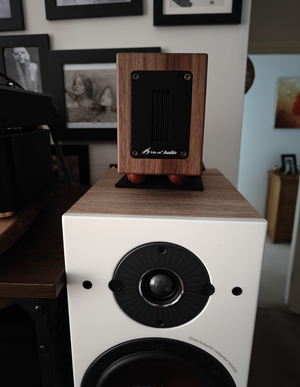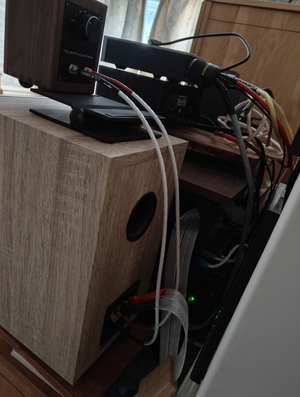nopiano
Well-known member
I’ve always broadly believed that, yes. Because from 15kHz to 30kHz is only an octave, and it’s generally accepted that young humans can hear up to 20kHz. After that it rather depends on the design, but most dome tweeters resonate north of 20kHz, and the higher the better.Is having a tweeter being able to produce super high frequencies above 20khz better for the frequencies under 20khz in terms of smoothness or resonance?
As you say, the further the resonance is from any likely signals the better. An unfortunate side-effect of hi-res mastering can be spikes outside audibility, and we don’t want those modulating wanted signals either.
You can see the HF resonances in reviews of speakers in Stereophile and Hifi News, many of which are searchable on their websites.



